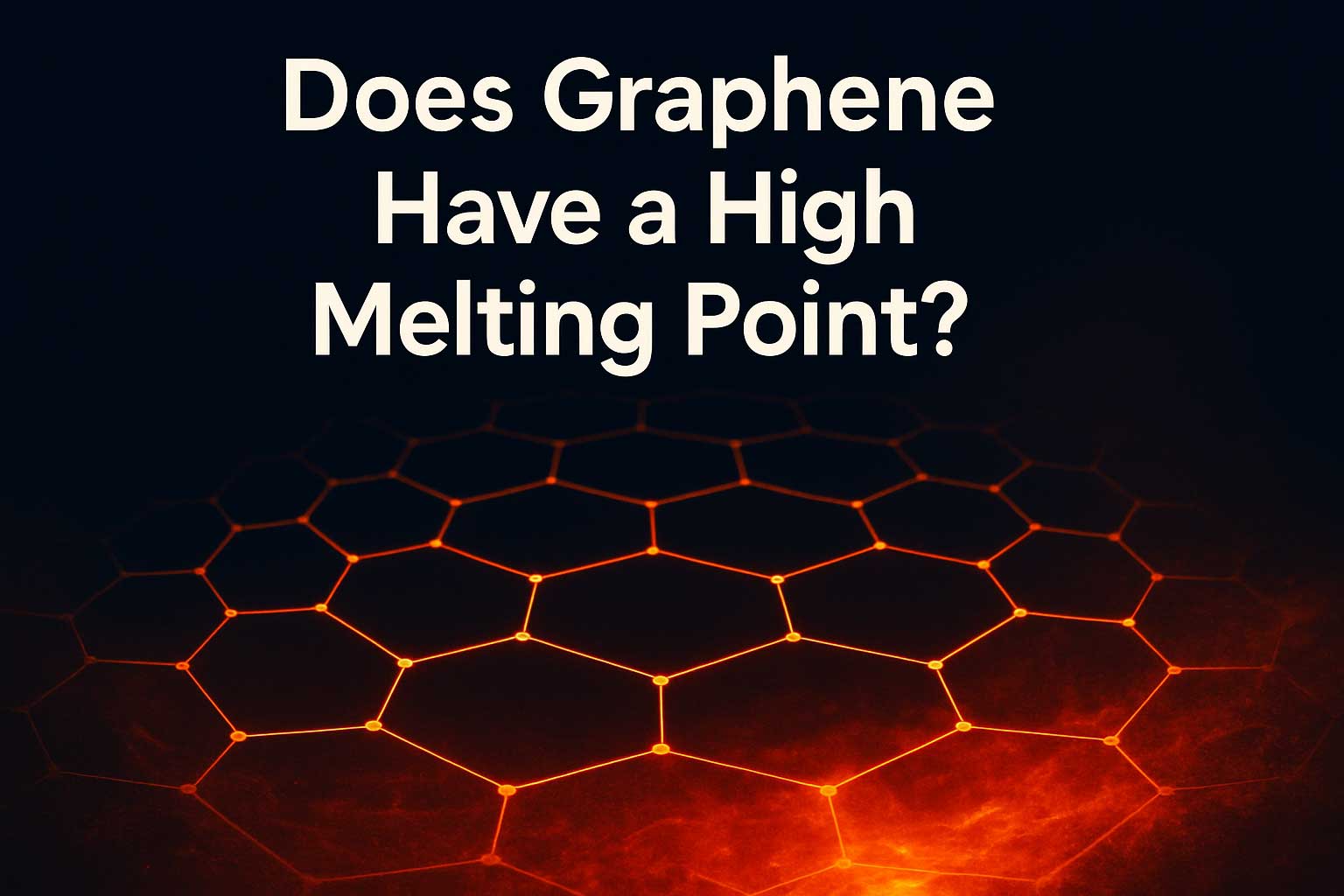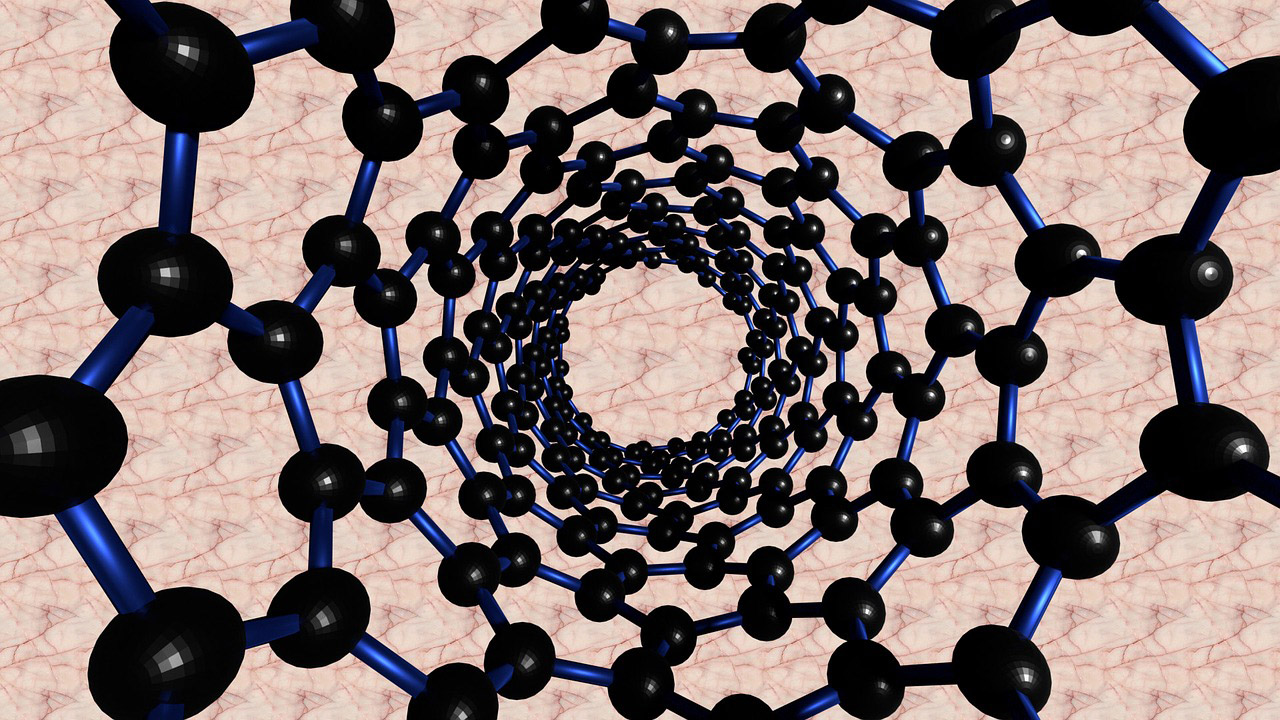Does Graphene Have a High Melting Point?
Graphene is one of the most revolutionary materials in science and technology. With its atomic-level thickness and record-breaking properties, it’s often referred to as a “supermaterial”. Among the many questions researchers and enthusiasts ask is:
Does graphene have a high melting point?
The answer is a resounding yes. Graphene has one of the highest melting points of any material ever studied—making it extremely valuable for high-temperature applications.
🧪 What Is Graphene?
Before diving into melting points, it’s important to understand what graphene is.
Graphene is:
-
A single layer of carbon atoms
-
Arranged in a hexagonal (honeycomb) lattice
-
Just one atom thick
-
Part of the carbon allotropes family (like graphite and diamond)
Despite being only two-dimensional, it is known for:
-
💪 200x strength of steel
-
⚡ High electrical and thermal conductivity
-
🧼 Transparency
-
🧘 Flexibility
These qualities make graphene suitable for electronics, aerospace, sensors, batteries, and more.
🌡️ What Is the Melting Point of Graphene?
Unlike common materials like iron (1,538°C) or aluminum (660°C), graphene’s melting point is much higher.
✅ Estimated Melting Point of Graphene:
~4,900 Kelvin
or 4,626°C
or 8,359°F
📖 According to Nature Communications (2010), advanced molecular dynamics simulations showed that a suspended graphene sheet could withstand extreme heat beyond 4,900 K before its lattice structure collapses.
🧬 Why Is Graphene’s Melting Point So High?
The secret lies in its atomic bonding.
Graphene’s Carbon Bonds:
-
Uses sp² hybridized covalent bonds
-
Each carbon atom bonds with three neighbors
-
Forms tight hexagonal patterns
These bonds are incredibly strong and require massive energy to break. That’s why it takes over 4,600°C to disrupt graphene’s structure.
Compared to other materials:
| Material | Melting Point (°C) |
|---|---|
| Aluminum | 660°C |
| Copper | 1,085°C |
| Diamond | ~3,500°C |
| Tungsten | ~3,422°C |
| Graphene | ~4,626°C |
Graphene surpasses nearly all in terms of thermal resilience.
🔬 Experimental vs. Theoretical Values
Because graphene is only one atom thick, measuring its melting point experimentally is incredibly difficult. Most data we have today comes from:
-
Simulations
-
Atomic modeling
-
Controlled laser heating
Still, the real-world behavior of graphene under extreme temperatures aligns well with these predictions—supporting the claim that it has a very high melting point.
⚙️ Why Does This Matter?
High thermal stability means graphene is ideal for extreme environments. Use cases include:
1. Space & Aerospace
-
Materials that can survive atmospheric re-entry
-
Lightweight and heat-resistant coatings
2. High-Powered Electronics
-
Processors get hotter as they become smaller
-
Graphene can replace silicon in heat-sensitive circuits
3. Transparent Heaters & Displays
-
Used in flexible screens, touch devices, and even smart clothing
-
Heat tolerance prevents degradation over time
🧯 Thermal Conductivity vs. Melting Point
It’s worth noting that melting point isn’t the only measure of thermal performance.
Graphene also has one of the highest thermal conductivities ever recorded:
~5,000 W/m·K
Compare this to:
-
Copper: ~400 W/m·K
-
Diamond: ~2,000 W/m·K
This means graphene not only withstands heat, but transfers it efficiently—a critical property for cooling systems.
🤔 FAQs About Graphene’s Melting Point
❓ Can graphene be used in engines or turbines?
Not directly—yet. Its integration into composites is being studied to improve heat resistance in jet engines and turbomachinery.
❓ Is graphene stronger than diamond at high temperatures?
In some conditions, yes. While diamond converts to graphite around 1,800°C in air, graphene remains stable much longer due to its 2D bonding pattern.
❓ Is graphene bulletproof?
Graphene can absorb and distribute high-impact energy, but a single layer isn’t bulletproof. Stacked graphene layers show promise in armor technology.
✅ Conclusion: Graphene = High Melting Point Material
Graphene is not just strong and conductive—it’s also one of the most heat-resistant substances known to science.
Key Takeaways:
-
Melting Point: ~4,900 K or 4,626°C
-
Cause: Strong carbon-carbon bonds in a 2D lattice
-
Applications: Electronics, aerospace, extreme heat environments
-
Limitations: Hard to produce at industrial scale (but improving)
🔗 Trusted Sources & Citations
-
📘 Nature Communications – Graphene melting simulations
-
🔧 Graphene Flagship Project – EU-backed graphene research hub




